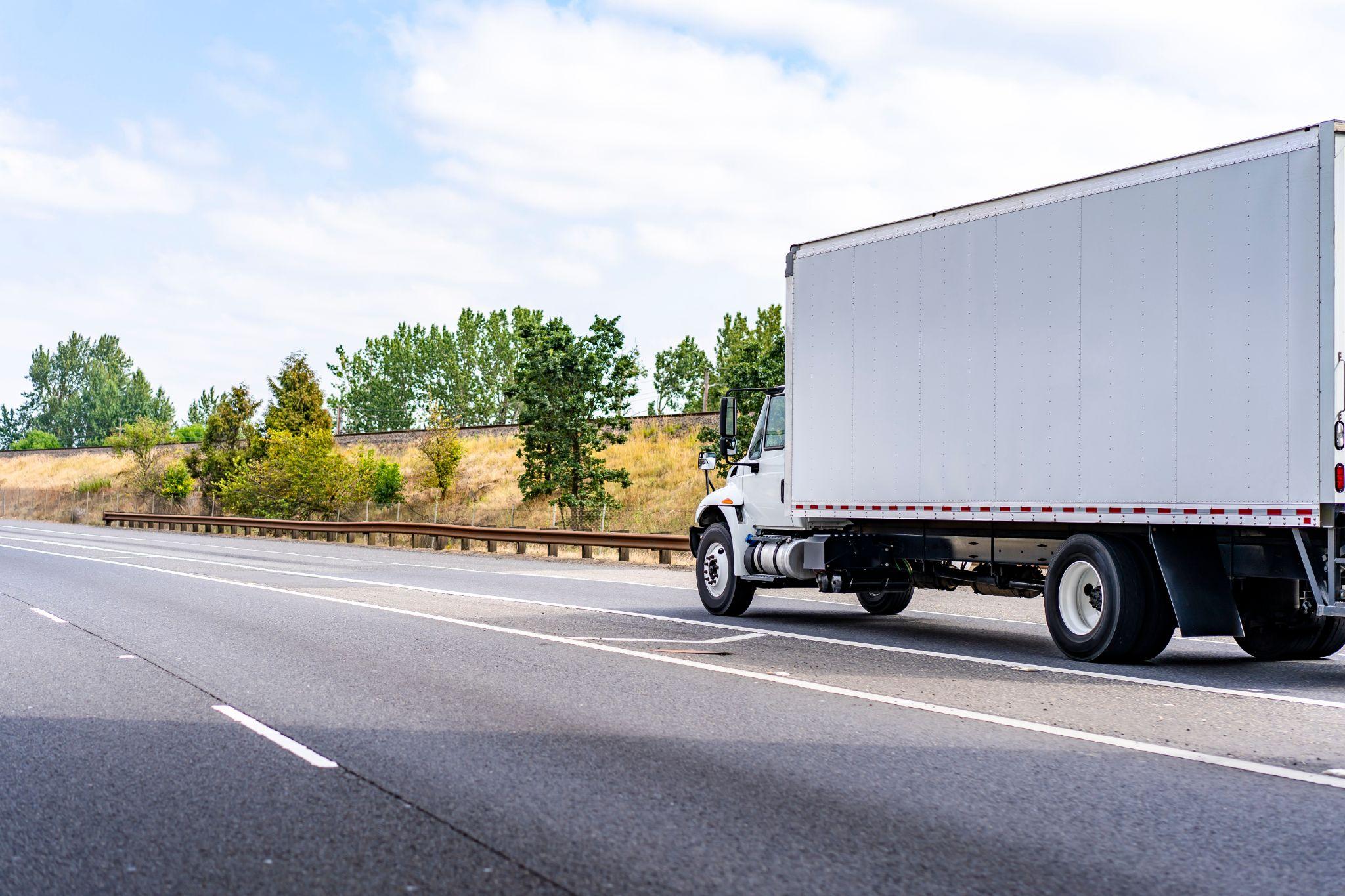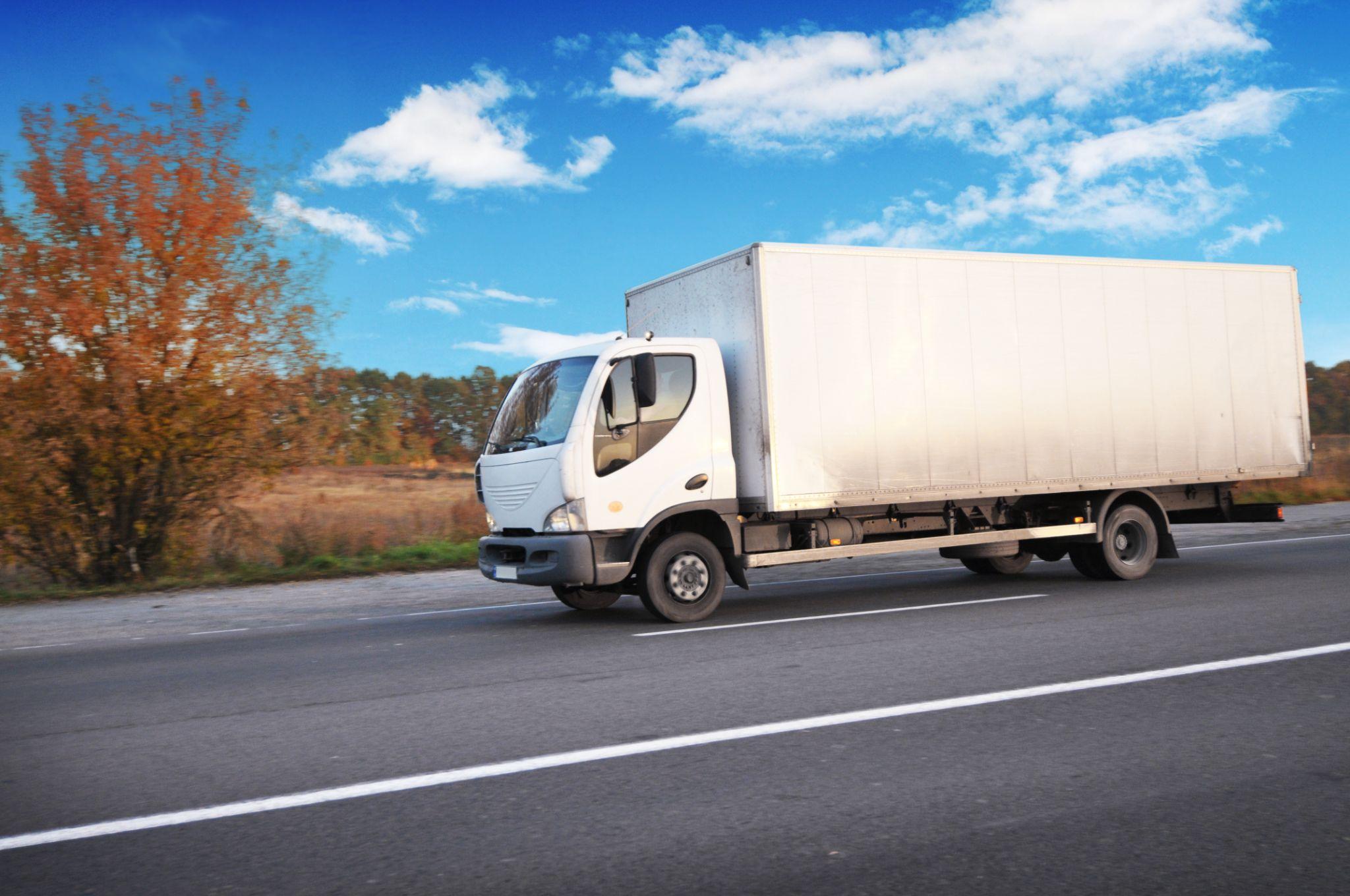Efficiency in mapping out travel paths is crucial in today’s logistics and personal navigation. Route planning apps are at the forefront of such applications, designed for organizing and optimizing travel itineraries, and they are essential in streamlining various stages of the logistics process.
This detailed guide delves into the features and advantages of such itinerary organization applications, highlighting their capabilities in enhancing driver performance and their user-friendly interfaces, which are pivotal in modern delivery scenarios. The guide is further bolstered by customer experiences and end-stage delivery case analyses, providing an in-depth understanding of how these applications facilitate more efficient travel routes and improve overall logistics management.
What is Route Planning Software?
Itinerary organization applications constitute advanced tools crafted to transform the logistics and transportation industries. They utilize complex algorithms, GPS technology, and data analytics to enhance travel and delivery pathways fundamentally. These applications simplify the identification of the most efficient routes for vehicular travel, considering factors such as road congestion, distance, the carrying capacity of vehicles, and designated times for deliveries.
Going beyond basic route determination, contemporary itinerary organization applications offer an array of features. They provide capabilities for dynamic path adjustments, capable of adapting to immediate alterations such as traffic congestion or roadblocks. Several systems encompass predictive analytics that estimate potential hold-ups and proactively recommend alternate routes. This approach secures not only punctual dispatches but also aids in lowering fuel usage and minimizing degradation of vehicles, thus supporting sustainable practices.
Importantly, itinerary organization applications improve customer service by offering precise estimations of delivery timings and features for real-time package tracking. For companies, this equates to stepped-up operational efficacy, enhanced management of resources, and elevated customer contentment. In a period where promptness is paramount, the capacity of these applications to diminish the time spent on planning and to maximize the efficiency of deliveries is immeasurably valuable.
Key Features and User Experiences
- Canberk B., Logistics and Supply Chain: Highlights its modern delivery experience.
- Martha W., Building Materials: Notes the effectiveness of its mobile app and delivery confirmation features.
- Lauren R., Food & Beverages: Lauren tested several software options for client route organization and found this one to be the best. She praises its high-quality customer service and finds it very simple to use for route planning. The client notifications and other features also add to its appeal. Lauren expresses great satisfaction with their services, indicating a very positive experience.
- Gustavi L., Wholesale: Gustavi describes the software as excellent, particularly noting the ease of routing and the usefulness of the messaging system. However, he points out a need for more comprehensive reporting, such as reports about zip codes, cities, vehicles, and drivers, suggesting an area for improvement in the software’s features.
Last-Mile Logistics Case Studies
- Predictive Scheduling Model: A company struggling with high failed delivery rates used an AI model from nexocode. This model reduced failed delivery rates by 60% by predicting the optimal time of delivery.
- Amazon’s One-Hour Deliveries: Amazon utilizes machine learning to forecast demand and offer one-hour deliveries, considering factors like past sales data and inventory levels.
- Greenplan’s Route Optimization: Greenplan developed an algorithm reducing CO2 emissions and delivery costs by up to 20% through efficient routing and scheduling.
Choosing the Right Software
In the fast-evolving world of logistics, the selection of an effective last-mile delivery platform is a crucial decision for businesses. This platform, the final step in the delivery process, directly impacts customer satisfaction and operational efficiency. The primary advantage of such a platform is the significant boost in delivery efficiency. By optimizing delivery routes, these platforms save valuable time and reduce operational costs. Enhanced customer satisfaction is another key benefit, as accurate tracking and timely deliveries lead to a better customer experience. Real-time tracking is a game-changer, offering businesses unparalleled control over their operations. Scalability is a vital feature, allowing the platform to adapt to various business sizes and demands. Additionally, the data analytics provided can offer deep insights into delivery performance and customer behavior, aiding in strategic decision-making.
However, businesses must also navigate several challenges. The initial implementation of these platforms can be a costly affair, especially when integrating them with existing systems. There’s a learning curve involved, and staff may require comprehensive training to effectively use the new system. Over-reliance on technology can also be a double-edged sword, as operations may become vulnerable to technical glitches. Handling sensitive customer data demands robust security measures to address privacy concerns. Furthermore, some platforms may lack the necessary customization options to fit specific business needs, potentially limiting their utility in unique operational environments. Choosing the right last-mile logistics platform involves a careful analysis of these pros and cons. The decision should align with the business’s logistical needs, operational dynamics, and long-term strategic goals. While the challenges are significant, the benefits of an efficient last-mile logistics platform, in terms of improved customer satisfaction and operational excellence, are undeniable.
Last-Mile Logistics Case Studies
Predictive Scheduling for Last-Mile Logistics:
- A company in the last-mile logistics sector faced high failed delivery rates due to suboptimal scheduling. Nexocode’s engineering team implemented a data-driven optimization approach, integrating AI modeling with fleet management. Their ML model predicted delivery success probabilities based on various factors, leading to optimized delivery scheduling. This approach decreased failed delivery rates by 60% by ensuring deliveries at optimal times.
Amazon’s Demand Forecasting for 1-Hour Deliveries:
- Amazon leverages machine learning algorithms to forecast product demand, enabling them to offer one-hour delivery. Their system analyzes past sales data, customer ratings, and inventory levels to predict demand spikes during peak periods like Christmas or Black Friday. This sophisticated demand forecasting allows for efficient stock-ups at local depots and rapid delivery fulfillment.
Greenplan’s Route Optimization to Reduce CO2 Emissions:
- Greenplan, a DHL-funded start-up, developed a last-mile algorithm aimed at reducing CO2 emissions through route optimization. The algorithm considers various inputs like customer demand, delivery, traffic, and weather data. In tests, it was shown to reduce delivery costs by up to 20% compared to standard route optimization methods, primarily by decreasing kilometers driven, thus lessening the environmental impact.
AnyLogic Simulation Software Case Study:
- This study evaluated innovative last-mile delivery concepts involving autonomous parcel robots. The concept tested in Cologne, Germany, involved a two-tiered system for parcel delivery, combining conventional trucks and parcel robots. The study focused on comparing different time slot selection options for customers and used AnyLogic for delivery optimization software. It’s a comprehensive study based on real data from the parcel delivery company Hermes.
Emerald Insight Study on Last Mile Logistics and Omni-Channel Firms:
- This study explores the configurations resulting from the interplay of last mile logistics practices and firm characteristics in an omni-channel context. It analyzed data on 72 Swedish omni-channel retailers, identifying four configurations (store-oriented SMEs, online-oriented SMEs, large store-oriented retailers, large online-oriented retailers). The study highlights the necessity of offering a wide range of delivery options for high performance and the importance of considering returns and fulfillment together. It also notes that large high-performers leverage their stores and warehouses for fulfillment and returns in an integrated manner, while SMEs focus on fulfillment simplicity with less costly delivery alternatives
Conclusion:
Itinerary organization applications play an indispensable role in contemporary logistics, offering a multitude of benefits to delivery drivers and bolstering both efficiency and customer gratification. These applications come with a variety of features, including advanced route planners that leverage Artificial Intelligence and complex computational formulas, as illustrated in various case studies.
Such sophisticated technology demonstrates the prospects for substantial enhancements in the optimization of routes, which not only streamlines the delivery process but also contributes to fostering environmental sustainability by reducing unnecessary travel and, consequently, fuel consumption and emissions.




